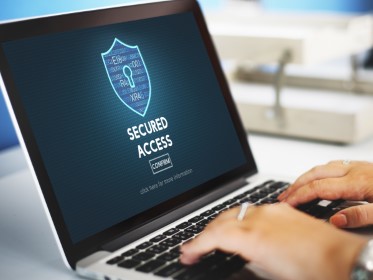UNIWELCOME
Strong Authentication
UNIWELCOME enables the identification of clients, finalized for the use of functions that require verified identities, such as electronic signatures.
For this purpose, Uniwelcome services can be activated from the enterprise application, via the appropriate API, to perform anonymous customer identification.
With the integration of other Unimatica services, such as the Unisvid remote video identification service or the use of one of the digital identities already provided by the state (SPID, CIE electronic identity card), the customer is identified and acquires a qualified identity in Uniwelcome , thus accessing the functions for managing their digital identity.
The end user, through UNIWELCOME, can manage a set of their own second-level authentication credentials, which can use different tools and offer increasing levels of security.
For example:
- use of a phone account for receiving SMS with OTP codes,
- use of an app registered on one's mobile device,
- connection to biometric authentication tools resident on one's mobile device.
The user has the ability to enable/disable the authentication methods used, set their priority, profile them, etc.
FUNCTIONS:
- One Time Password (OTP) via SMS: user login from PC and do NOT own a smartphone
- One Time Password (OTP) via SmartPhone: user login from PC and own a smartphone
- One Time Password (OTP) via tablet: user login directly from a tablet with a SIM card
- One Time Password (OTP) and biometric factor: user login from smartphone or tablet to a specially prepared App
An unknown user must authenticate using UserId and Password
An unknown (but already registered) user has to authenticate to the portal by entering the unique identifier under which the user is registered: tax identification number or VAT number or eMail.
An already authenticated user chooses one of several methods provided by his profile and enabled: sending an OTP, using an app, etc. If the chosen method is sending an OTP via SMS or eMail, it requires the generation and sending of an OTP.
An unknown user wants to use methods based on CNS cards, CIE cards, the public SPID system, or electronic signature devices.
Unknown user:
no prior registration is required; upon completion of authentication, optionally, a UniWelcome profile can be automatically created to allow the user to independently manage and activate the different authentication modes available.
Known user:
upon completion of authentication, the existence of a UniWelcome profile is verified and the authentication mode used is enabled

